We’ve all had those moments where you revisit a place you went to as a kid and find it’s completely different. Sometimes it’s disappointing, like returning to a lake you used to fish at only to realize it’s just a pond.
Then there are places that spark that same feeling you had when younger. Take Disney parks for example. As a kid, everything is brand new and huge. You see your favorite movie characters in real life and ride roller coasters for the first time. Returning as an adult, you still somehow feel that same magic. Sure, Splash Mountain may look a little shorter and they may have completely changed parts of the park, but the youthful energy is still there.
But what if you return to a place from your youth that hasn’t changed? What if the goal of the entire place you’re revisiting is to never change? Do you still feel the same emotions? These are the questions I had when I visited Colonial Williamsburg for the first time in about twenty years.
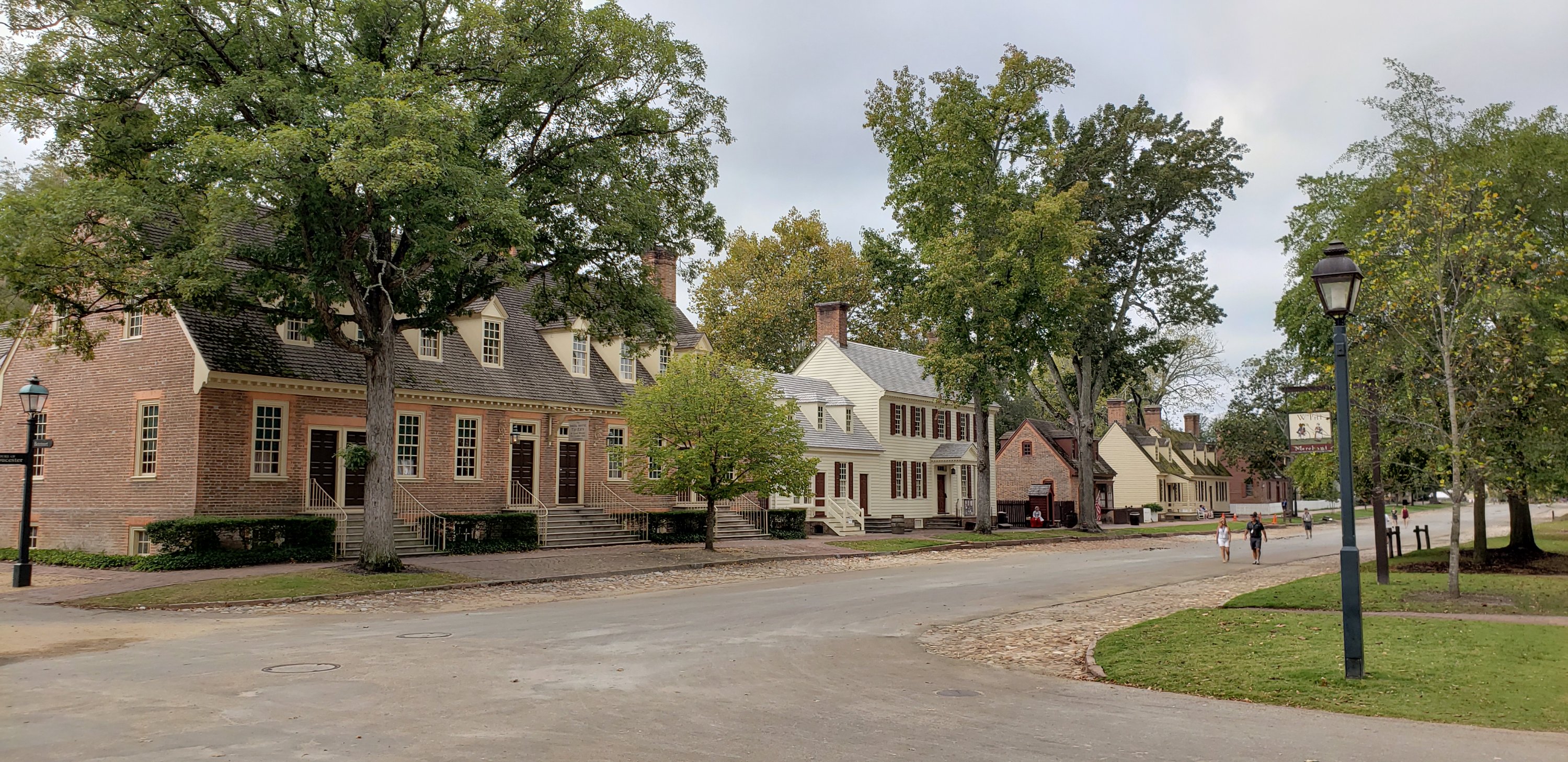
Williamsburg itself is a fascinating place. Part sleepy southern village, part college town, and part historic site, Williamsburg makes up part of “America’s Historic Triangle” alongside Jamestown and Yorktown. These places are indeed historic–encompassing one of the oldest universities in the United States (William & Mary), being the site of one of the Revolution’s most important American victories (Yorktown, 1781), and being the site where the first enslaved Africans were forced on to the continent (Jamestown, 1619).
Colonial Williamsburg is marketed as “a living, breathing 18th-century city, where the dawn of America is captured in time…. a touchstone for the connective memories of America — past and future.”
Visitors walk along stretches of roads dotted with real buildings constructed on the eve of the Revolution as well as their recreations. One can visit the Raleigh Tavern where revolutionaries sat and plotted independence. At one end of the main road is Virginia’s original capitol building that housed the colonial government from 1705 to 1779. Meanwhile just a few blocks away stands the magnificent Governor’s Mansion.
It is also so much more than the buildings and gardens. “We are a vibrant community on the cusp of change,” their website states, “with issues, emotions and beliefs that are still relevant today. We are a place — and a moment — that must be experienced by every person who wants to understand this country and each other.”[1]
But there’s a danger in what Colonial Williamsburg sets out to do. If interpretation isn’t done with the utmost care, visitors can fall prey to false narratives.
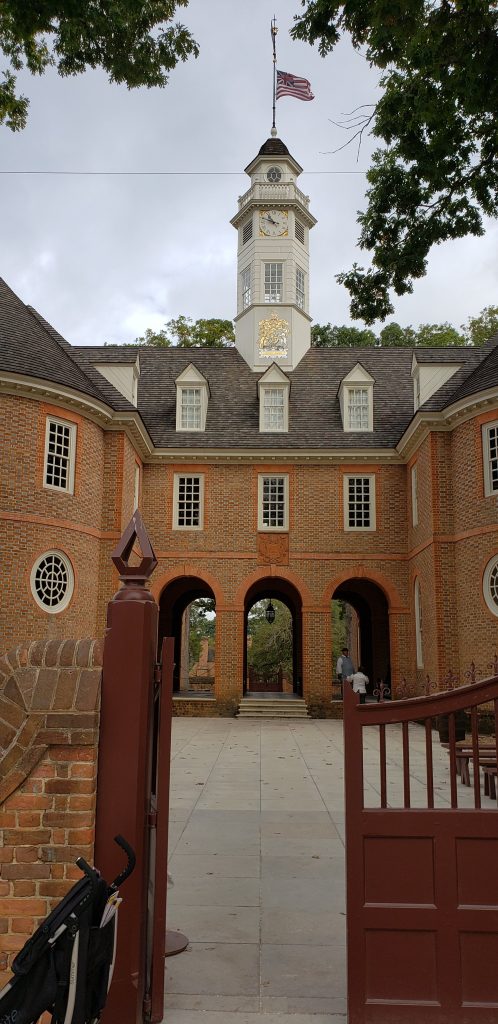
Places like Colonial Williamsburg face some of the same challenges as the antebellum plantation mansions scattered across the South. They both feature some of the most beautiful architecture and landscaping in the country. They both offer dazzling displays of wealth, past glories, and opulence. But there are dangers in these places if we fail to examine the gritty, dark truths.
Historians and interpreters at museums and historic sites like these plantations are at the forefront of combating harmful narratives like the Lost Cause. Holding on to the imagined story that the Civil War had nothing to do with slavery and that masters were benevolent, kind people, the Lost Cause promotes a Gone With the Wind vision of plantations. For decades this has been the driving force of tourism to these sites, as Lost Cause crusaders make pilgrimages to places like Natchez, Mississippi.
Fortunately, interpreters at places like the McLeod Plantation in Charleston are taking great steps to combat these narratives and put the stories of enslaved peoples at the forefront of their tours.[2] This has elicited a backlash from many tourists who visit these sites expecting to only hear tales of warm summer nights filled with mint juleps and the sound of fiddles. Instead, historians, interpreters, and guides are working overtime to provide visitors with challenging, complex, and engaging historical discussions.[3]
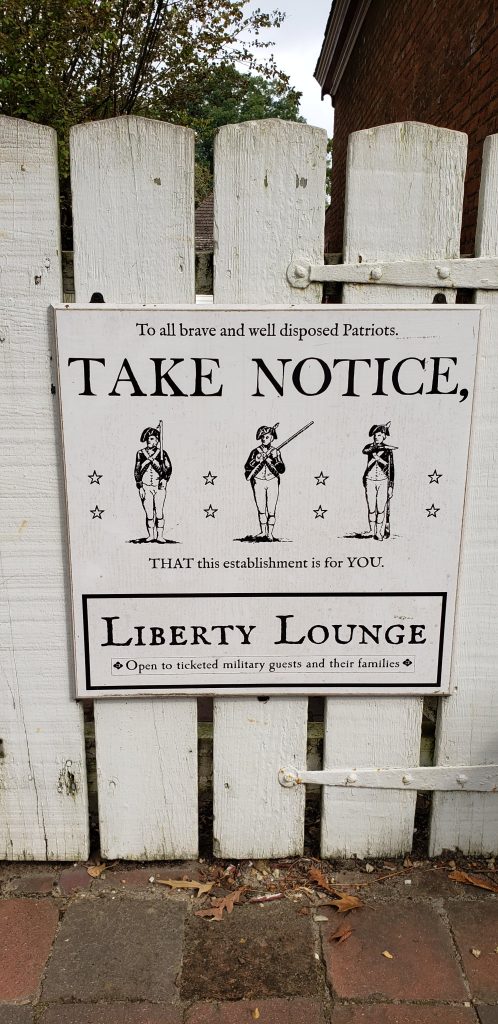
Colonial Williamsburg has come a long way since, well, it was actually colonial! This year will mark the 40th anniversary of their introduction of the stories of Africans and African Americans. While even that may have been 40 years too late, it was still far ahead of its time. For a place seeking to remain firmly in the 18th century, it is impressively dynamic.
I didn’t get to fully explore and enjoy Williamsburg. I was in town for a wedding and that limited my time to walking around for a few hours without a pass to access the full experience. While I can’t fully examine how Colonial Williamsburg interprets its past, I can say that I enjoyed the environment and interactions with reenactors that I had.
If interpretation and living history is done properly, it might not even matter that the Raleigh Tavern actually burned down in 1859 and that the structure standing now was built in 1932.
The mission statement of Colonial Williamsburg is “To feed the human spirit by sharing America’s enduring story.” They’ve taken immense steps toward doing so with their leadership, staff, and interpreters. The fact that they have come so far in their efforts is enough to elicit the same child-like excitement that I felt during my last visit nearly twenty years ago.
- “About Us,” Colonial Williamsburg, https://www.colonialwilliamsburg.com/learn/about-colonial-williamsburg .
- Ritu Prasad, “The awkward questions about slavery from tourists in US South,” BBC News, Oct. 2, 2019, https://www.bbc.com/news/world-us-canada-49842601 .
- Hannah Knowles, “As plantations talk more honestly about slavery, some visitors are pushing back,” Washington Post, Sept. 8, 2019, https://www.washingtonpost.com/history/2019/09/08/plantations-are-talking-more-about-slavery-grappling-with-visitors-who-talk-back/ .
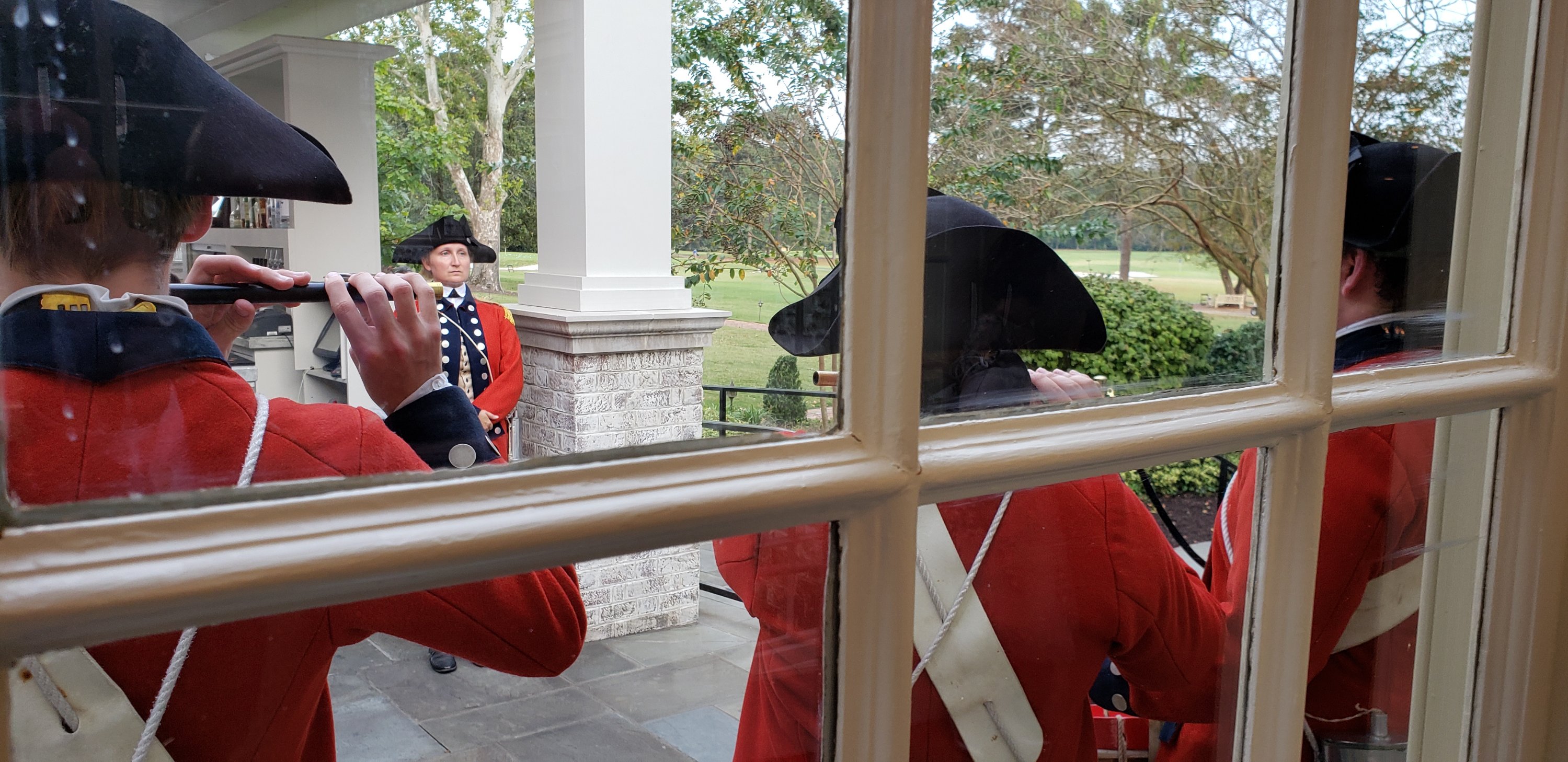
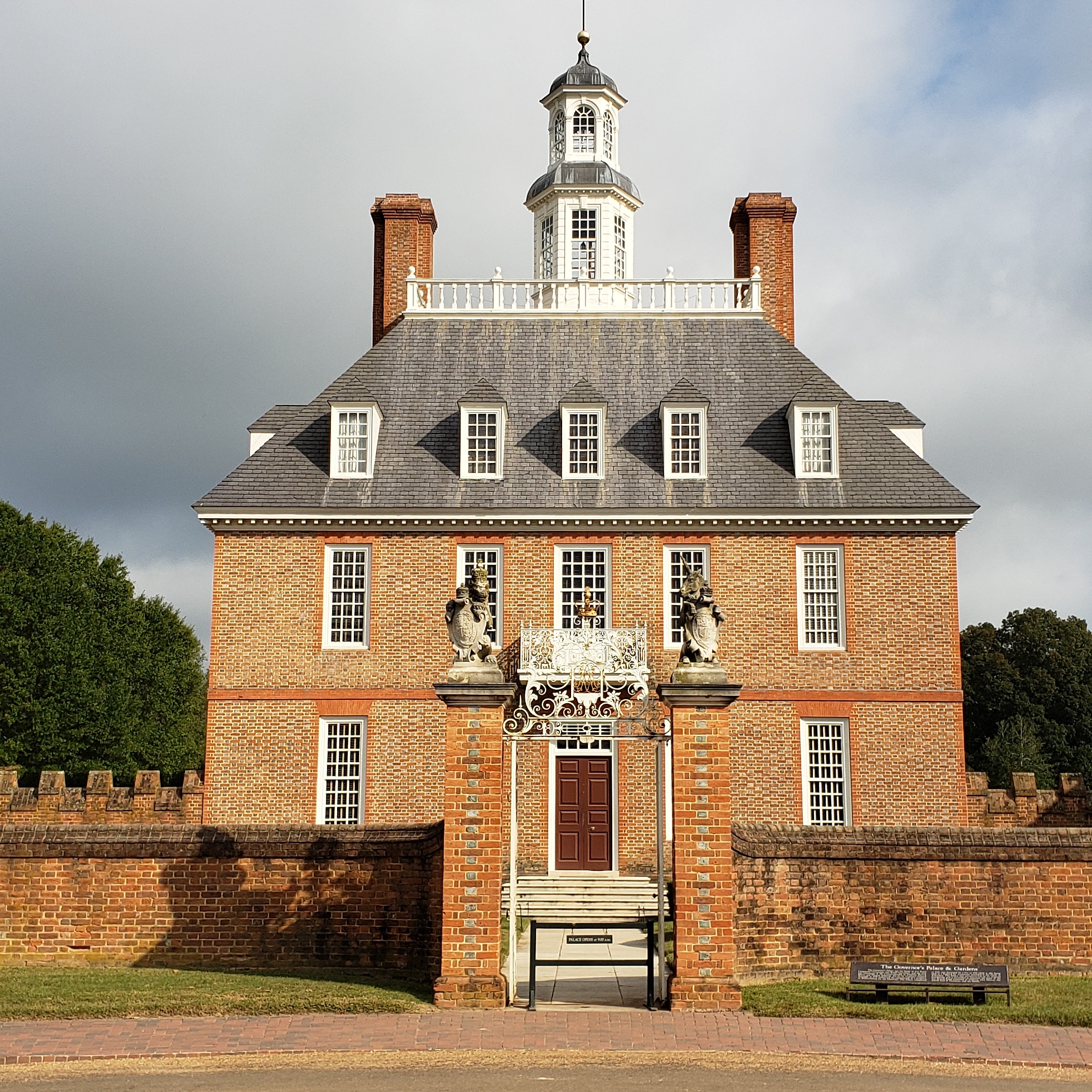
Leave a Reply